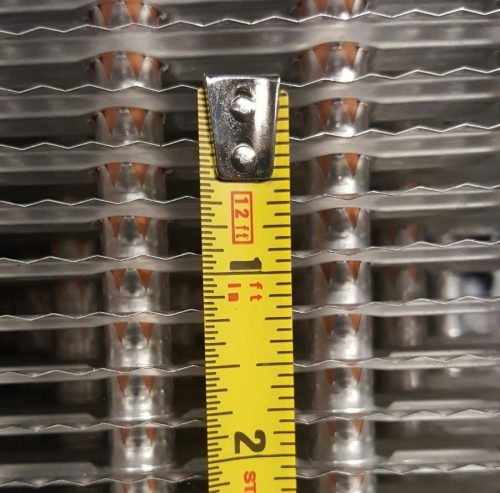Get Tech Tips
Subscribe to free tech tips.
Get an EEV Open (Like Magic)

This tech tip comes from our contributor, compressor decapitator, and super tech Ulises Palacios.
Many ductless systems and some high-efficiency unitary systems have electronic expansion valves.
If you find one that is stuck closed, you may be able to get it open temporarily by putting a strong magnet like the one shown above on the valve body and turning it counterclockwise.
This is likely only temporary, so valve replacement is still needed. However, it can help get the customer's equipment running while you wait to get a new valve.
Pretty cool, Ulises.
—Bryan
P.S. – if you have any videos or tech tips, you can tag me with them, post them in the HVAC School FB group or email them to bryan@hvacrschool.com.










Comments
To leave a comment, you need to log in.
Log In